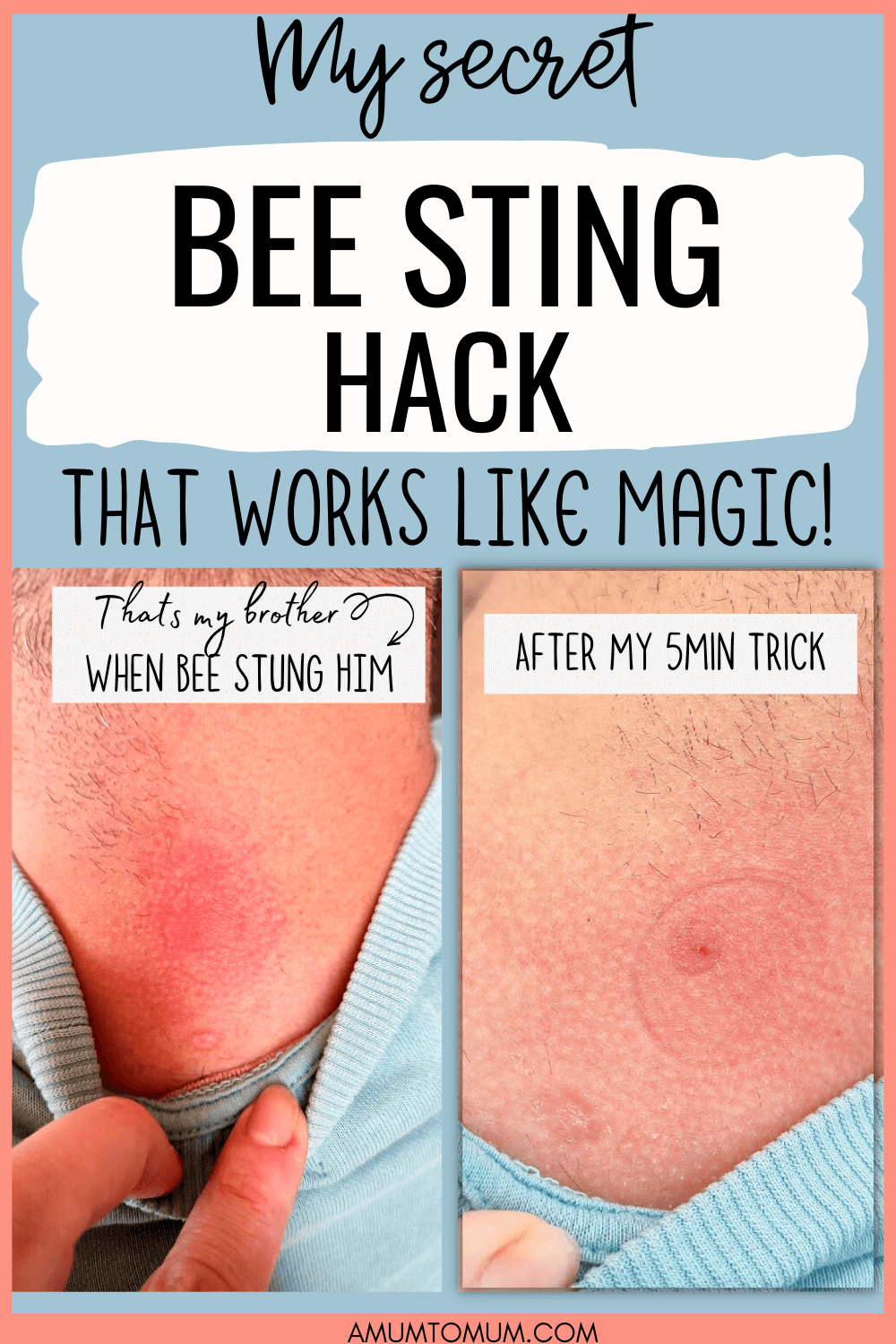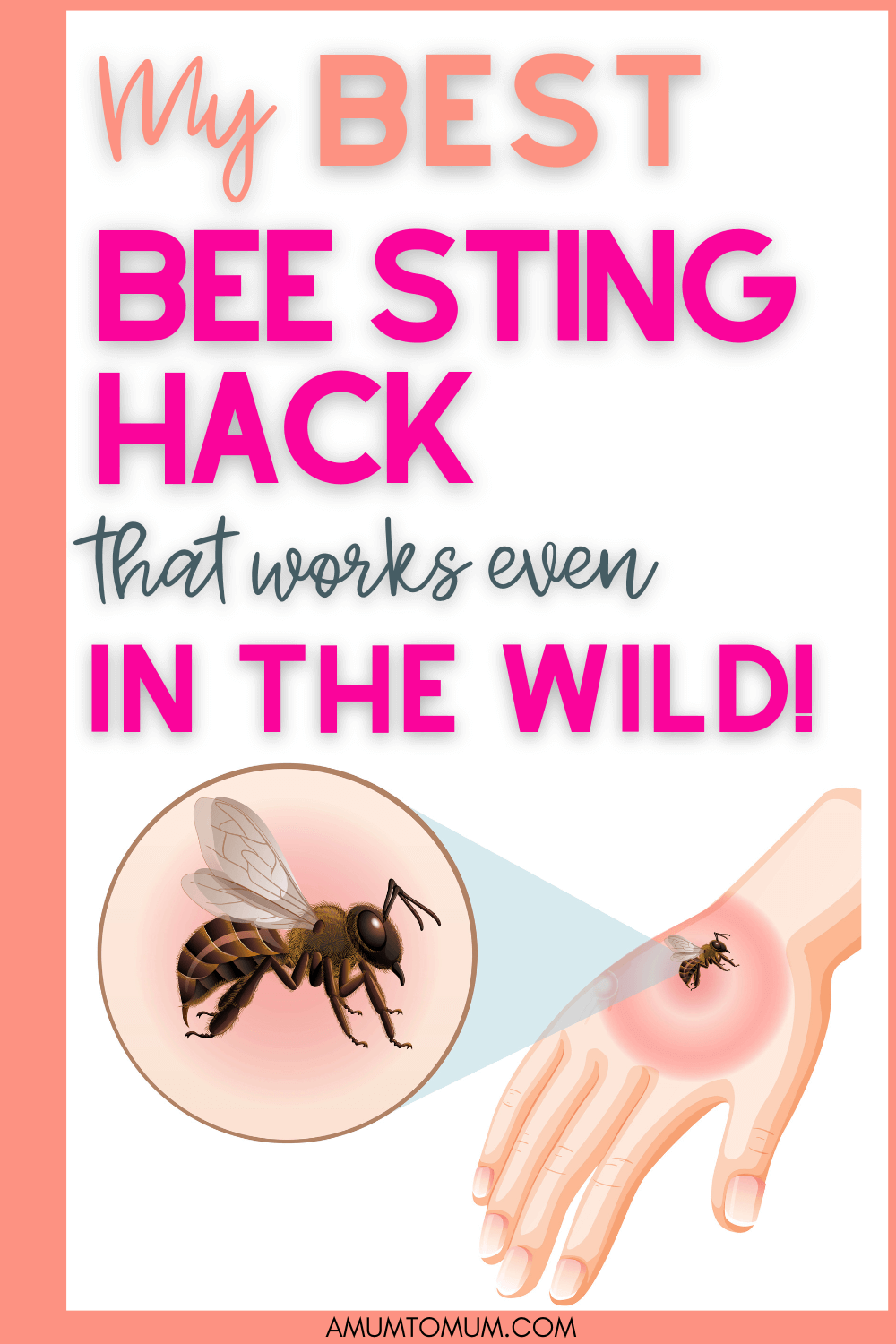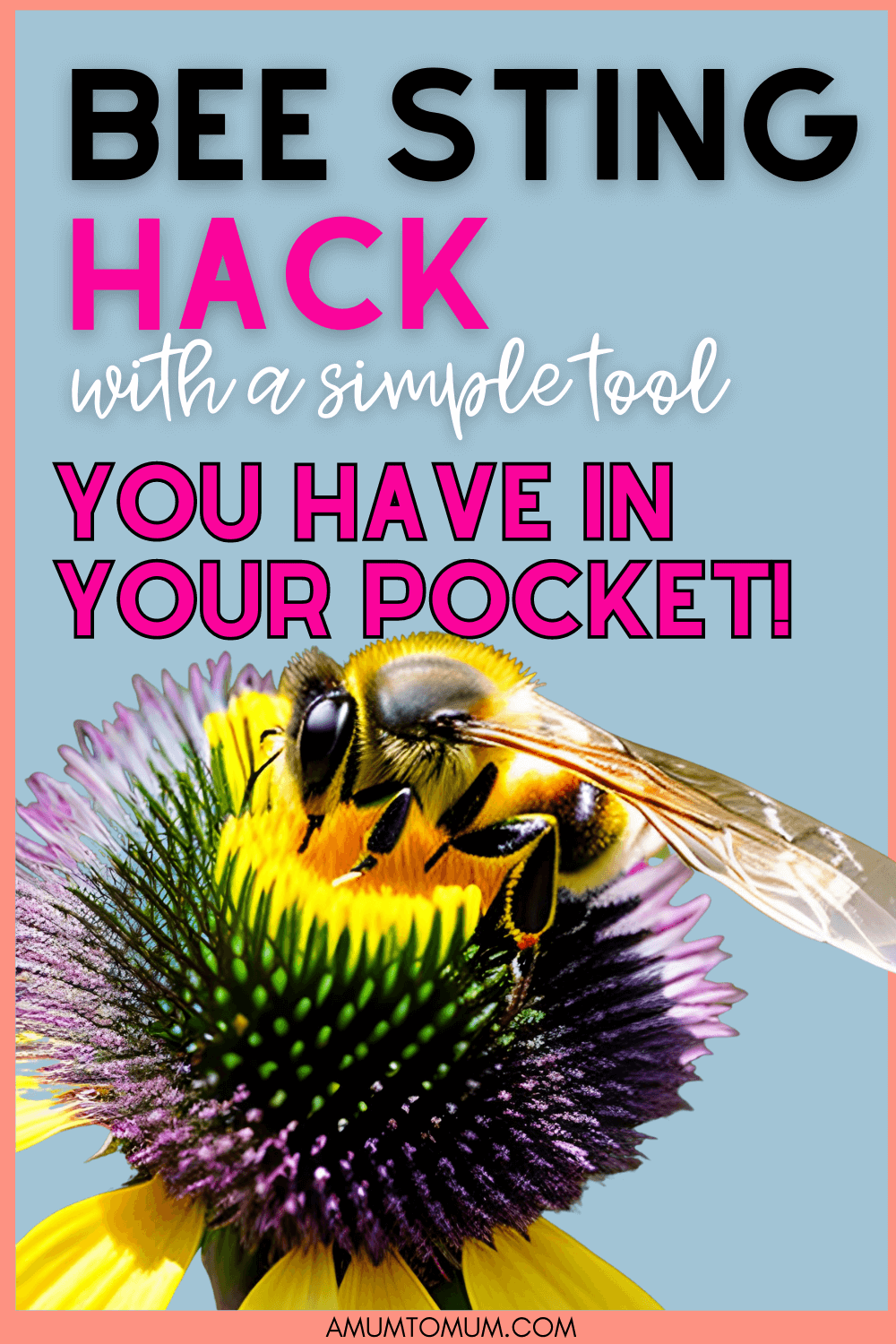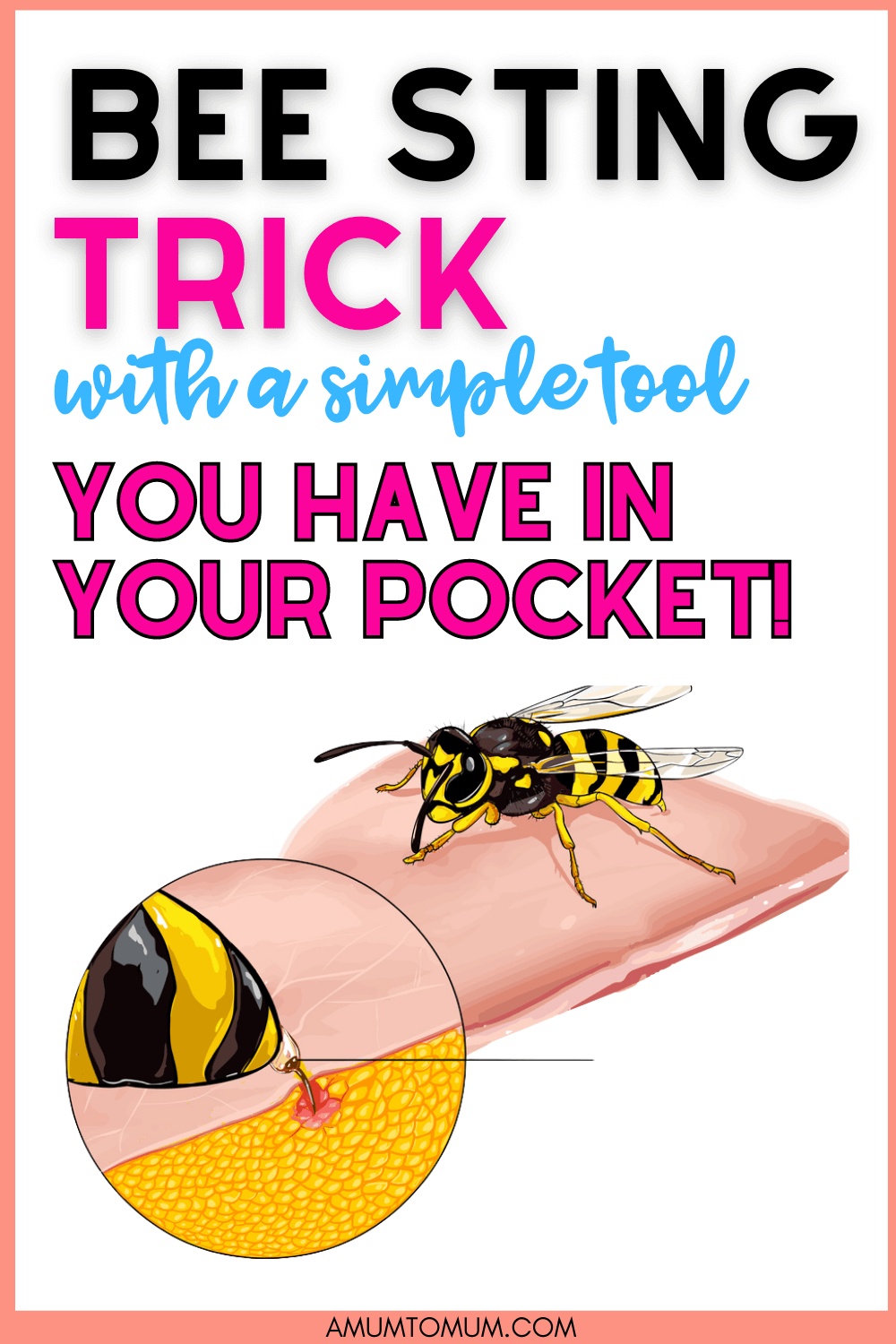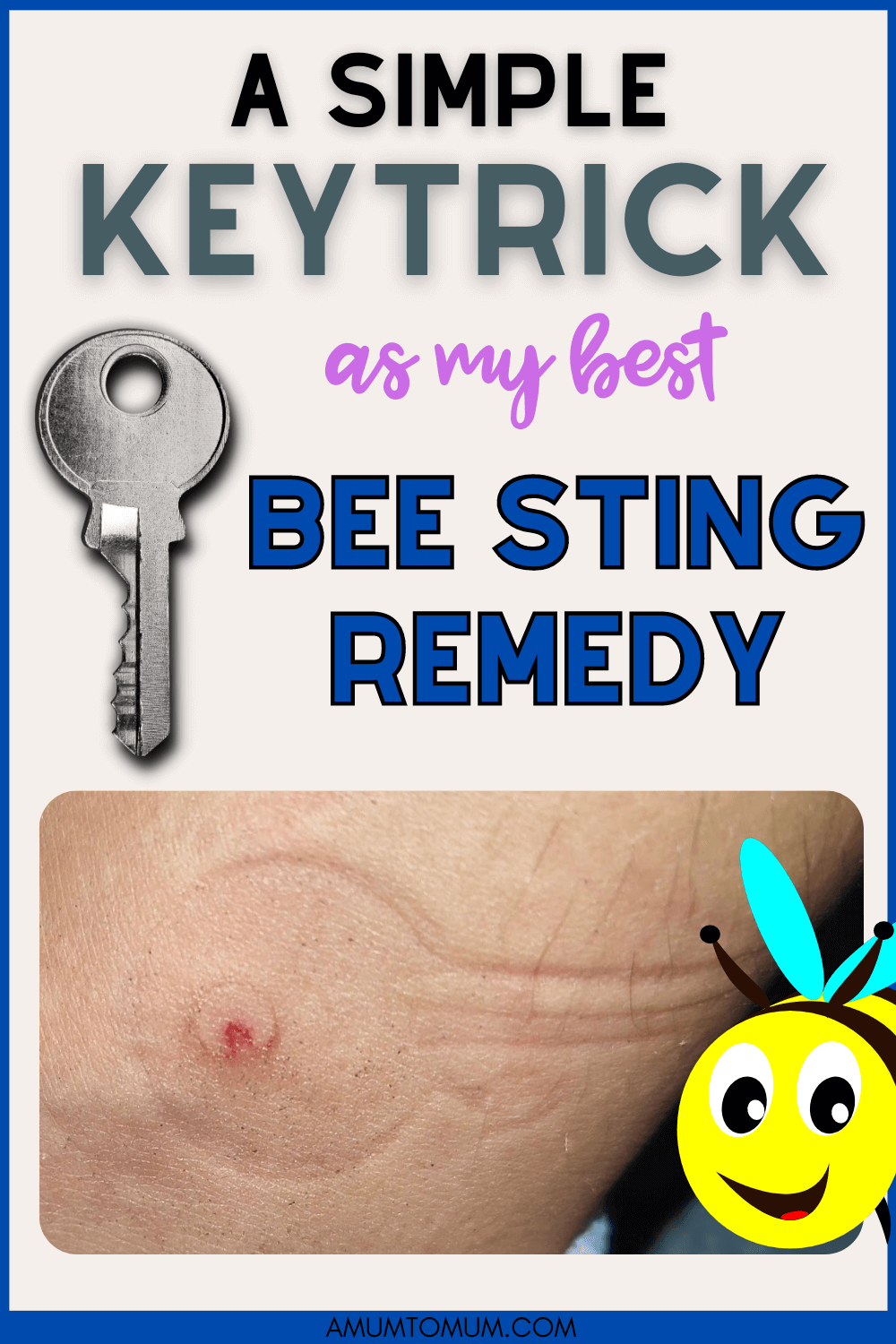How many times you were in a situation when you needed a quick natural bee sting remedy for you or your kids? What would you say if I had the perfect solution that would prevent a sting reaction and it would be as if almost nothing happened within 5 minutes?
Well, I have the best quick trick for insect bites that works immediately every time! At least for me and my friends did.
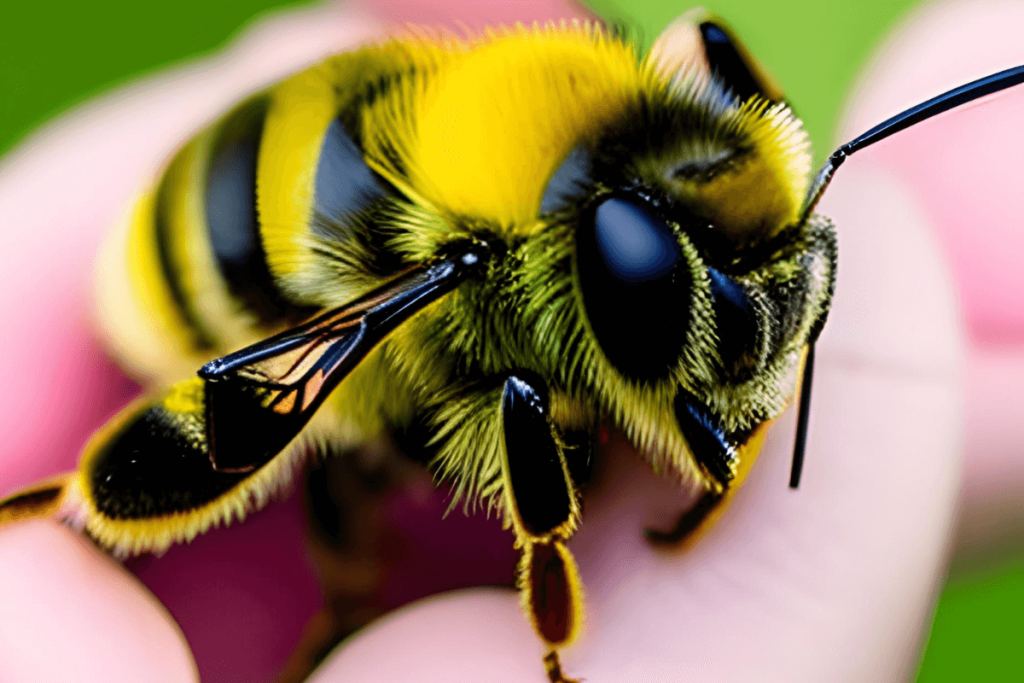
My Trick to Prevent a Sting Reaction In the Wild
Trust me, this instant bee sting remedy can be done in the wild, at home, or on the beach! Equipment needed is something we always carry with us. So let’s go to the trick:
Equipment needed:
- A KEY
- Yes, only one key, but it needs to be a flat key with a small keyhole
Procedure:
- The moment you get stung by a bee or some other insect search for the key
- Then localize the place of the stab and remove the stinger if visible
- Place the whole from the key exactly on the stab point
- Press hard, and hold for as much as you can. Approximately 5 – 10 minutes
What it does:
- This method prevents insect poison from spreading and causing a reaction
- It will be localized at the area of your keyhole
- After a while, you won’t feel it, and it won’t bother you
The image below shows my brother’s reaction within seconds after the bee sting, and how my trick saved him after 5 minutes.
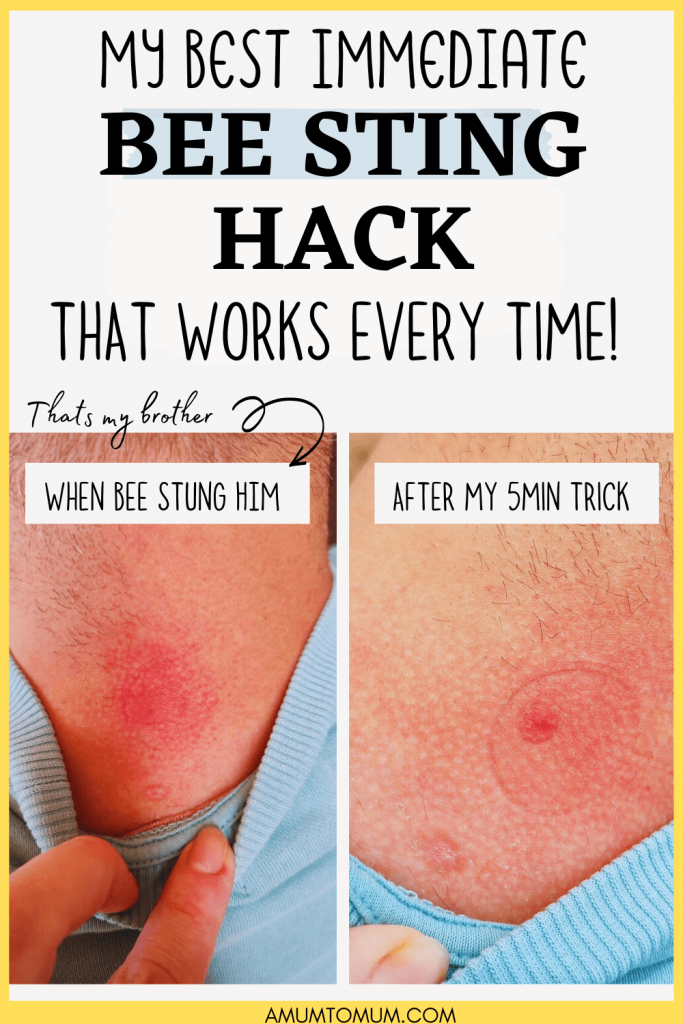
I will never forget my experience last summer. A little boy got stung by a bee and started to cry. He was in a lot of pain. I instantly took my key and did my magic.
His mom was just looking at me in wonder,
After 10 minutes, he just continued to play.
The next day his mom showed me the stabbing point and couldn’t believe it. It was hard to tell where it even was.
I even made you a short video with images, so you can watch it below:
RELATED: My Toddler Lost His Appetite
Some Other Home Treatments for Bee and Wasp Stings
The first step is to remove the stinger if it is present. Use a scraping motion with a flat object like a credit card to remove the stinger rather than squeezing it, which can release more venom. Here is a great article from AAD on the subject with a video tutorial.
Ice Pack
- After the stinger is removed, one of the most effective home remedies for a bee sting is to apply a cold compress or ice pack to the affected area to help reduce swelling and relieve itching. Simply place a cold compress on the sting for 15-20 minutes at a time.
Aspirin
- You can also take over-the-counter pain relievers such as aspirin, ibuprofen, or acetaminophen if needed. Some even say that placing a damp aspirin pill on a stabbing point with pressure on it can help. Even though there is a study that says otherwise, many moms swear by it.
Baking Soda
- You can apply a paste made of baking soda and water may also help relieve itching and discomfort. Leave the paste on for 15-20 minutes before washing it off with warm water.
Honey
- Honey is a natural anti-inflammatory and can help reduce swelling and pain caused by a bee sting. Simply apply a small amount of honey to the affected area and leave it on for 30 minutes before washing it off with warm water.
Vinegar
- Vinegar can help neutralize the venom in a bee sting, reducing pain and swelling. Soak a cotton ball in vinegar and apply it to the sting for 15-20 minutes.
Essential Oils
- Use essential oils for bee stings, such as lavender and tea tree oil They have anti-inflammatory properties that can help reduce the pain and swelling caused by a bee sting. Apply a small amount of diluted essential oil to the affected area.
- For more information read the article from Healthline
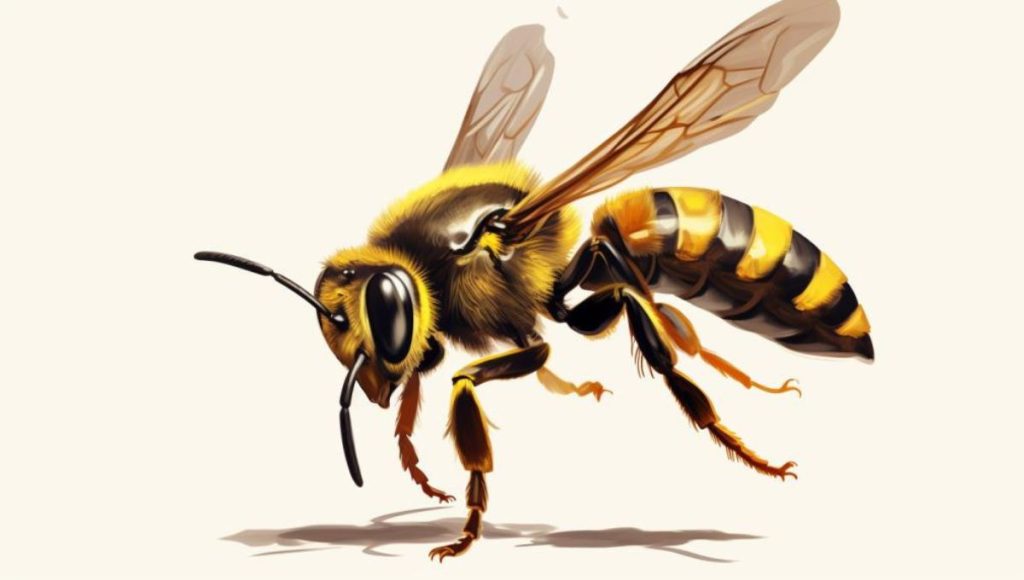
Homeopathic Treatment for Bee Stings
Homeopathic treatments for bee stings are a popular alternative therapy that is gaining acceptance among those who prefer natural, non-invasive remedies.
Homeopathy works on the principle of “like cures like,” meaning that a substance that would cause symptoms in a healthy person can be used to treat those same symptoms in someone who is sick or suffering from an ailment. For example, a highly diluted solution of bee venom may be used to treat a person who has been stung by a bee.
Homeopathic remedies may come in the form of pellets, tablets, tinctures, or gels that are applied topically. The ingredients used in homeopathic remedies are highly diluted, making them safe and gentle for all ages,
- including infants and pregnant women.
Homeopathic treatments for bee stings are effective in reducing pain, swelling, and inflammation associated with bee stings. Some of the commonly used homeopathic remedies for bee stings include
- Apis Mellifica, Ledum, and Apis Traumeel.
When taken immediately after a sting, these remedies can help prevent allergic reactions and reduce the severity of symptoms such as itching, burning, and redness.
Homeopathic remedies should be administered carefully and under the guidance of a licensed practitioner. If you experience severe allergic reactions to bee stings or other insect bites, it is important to seek emergency medical attention.
Read more about homeopathy and bee stings and their suggestions.
You Might Be Interested to Read: Why Kids Love Spinning Around in Circles
What Happens if a Bee Stings You?
A bee sting looks like a small, red bump with a tiny black dot in the middle – that’s the stinger.
When a bee stings you, it injects venom through its stinger, which can cause pain, swelling, and itching at the site of the sting. In some cases, people may also experience redness, warmth, and a raised welt or hives. The pain usually goes away after a few hours, but the swelling may last for a few days.
It’s important to note that a bee sting is different from a wasp sting, as wasps can sting multiple times, whereas a bee can only sting once before it dies.
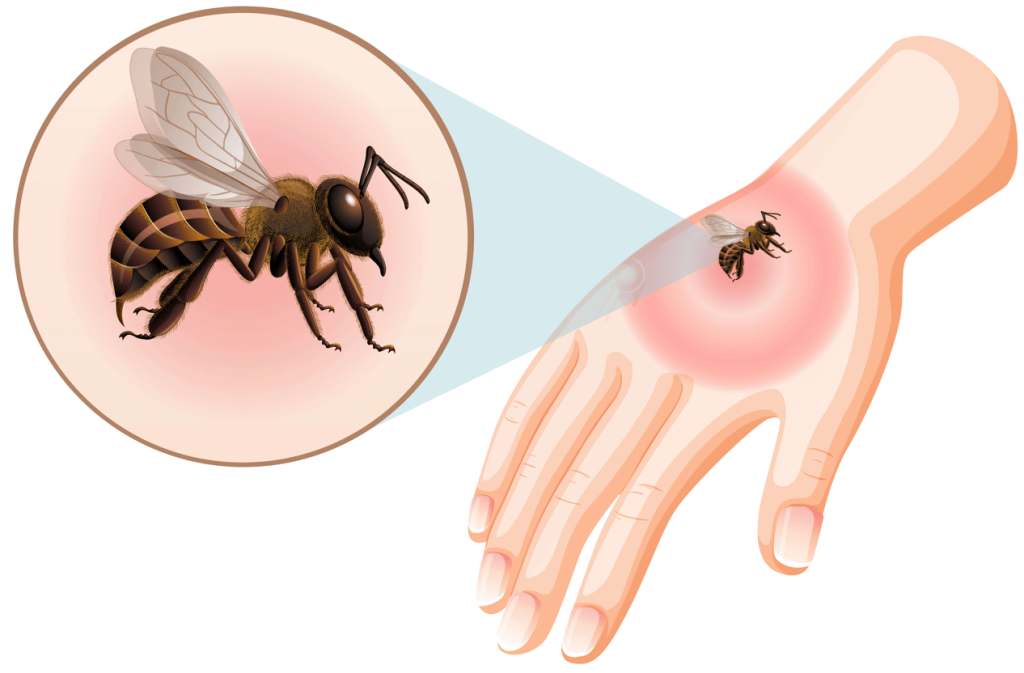
How Can I Avoid Bee Sting?
- To prevent bee stings, wear protective clothing such as long sleeves and pants when spending time outside.
- Avoid wearing bright colors or floral patterns, which can attract bees. Finally, be careful around bees and avoid swatting at them.
- Avoid wearing perfumes, colognes, and scented lotions when spending time outside, as these fragrances can attract bees.
- It’s also a good idea to avoid eating or drinking sugary foods or drinks outside, as the sweet scent can also attract bees.
- If you have a garden or outdoor space, you can plant bee-repelling plants such as eucalyptus, mint, or marigold to deter bees from coming too close to your home.
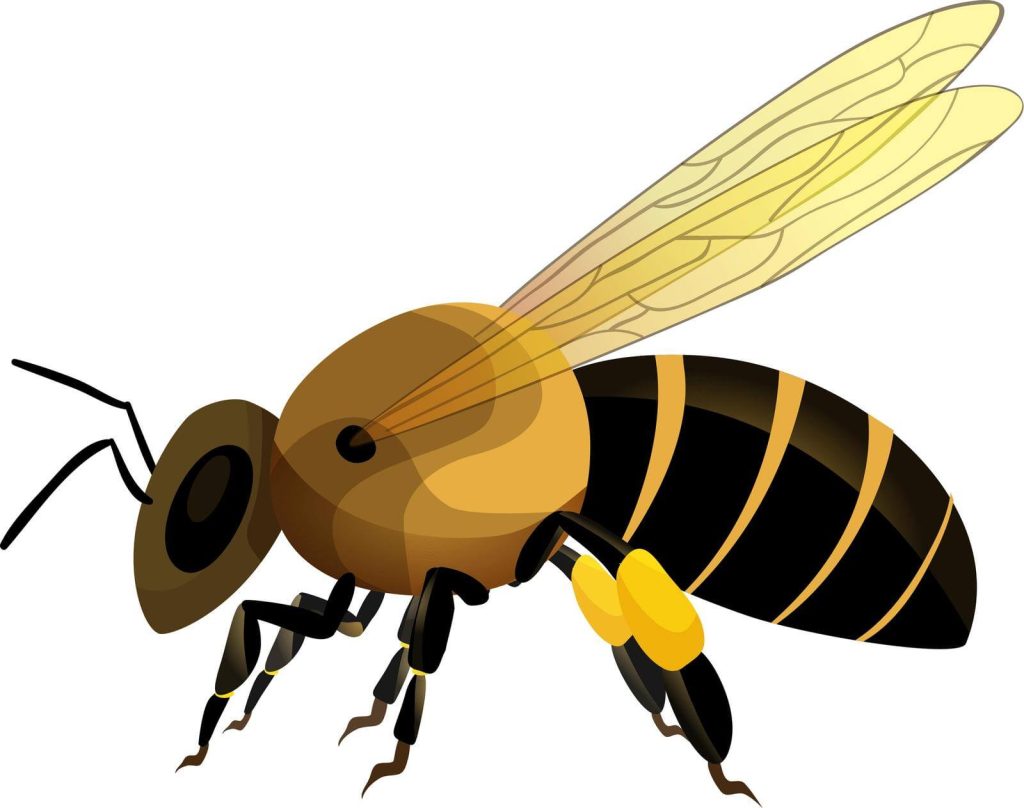
What Are the Most Common Symptoms of a Bee Sting?
If you’ve been stung by a bee, you’ll likely experience a number of symptoms.
- pain at the sting site, which may last for a few hours or even a few days.
- swelling, itching, and redness around the sting site.
- Some people may also experience a severe allergic reaction, which can be life-threatening. Symptoms of a severe allergic reaction include difficulty breathing, swelling of the throat or face, nausea, and hives.
- If you’ve been stung by a bee or wasp, it’s important to be aware of the potential for a severe allergic sting reaction and seek medical attention if you experience any of these symptoms.
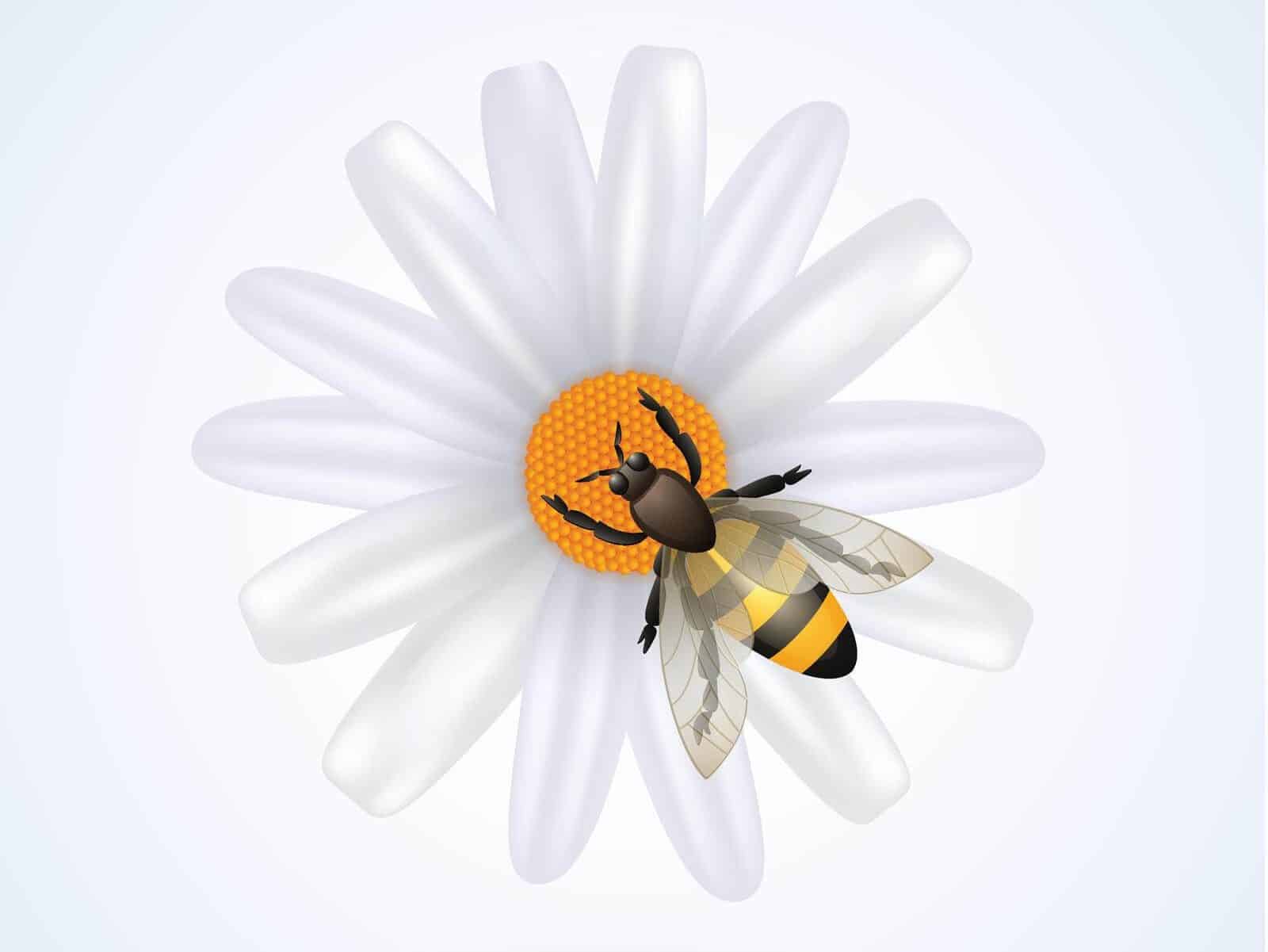
When Should You Seek Emergency Medical Attention for a Bee Sting?
According to the National Library of Medicine, about 5-7.5% of people will experience a severe allergic reaction to insect stings in their lifetimes.
If you are allergic, you should seek emergency medical attention immediately, as bee stings can cause life-threatening allergic reactions. Symptoms may include:
- Difficulty breathing, or swallowing
- Swelling of throat or tongue
- Tightness in chest
- Facial swelling
- Hives
- Dizziness
- Abdominal cramping
- Nausea
If you experience any of these symptoms, do not hesitate to see a doctor.
Bee Stings and Kids
Bee stings can be particularly scary for children, who may not understand what is happening or why they are in pain. It’s important to talk to your child about bee stings and teach them how to avoid them, such as by staying away from bees and not swatting at them.
If your child does get stung by a bee, it’s important to stay calm and provide comfort and reassurance. Help your child remove the stinger, wash the affected area and use the home remedy I mentioned above.
It’s also a good idea to watch your child for any signs of an allergic reaction, such as difficulty breathing or swelling of the face or throat. If your child shows any of these symptoms, seek medical attention immediately.
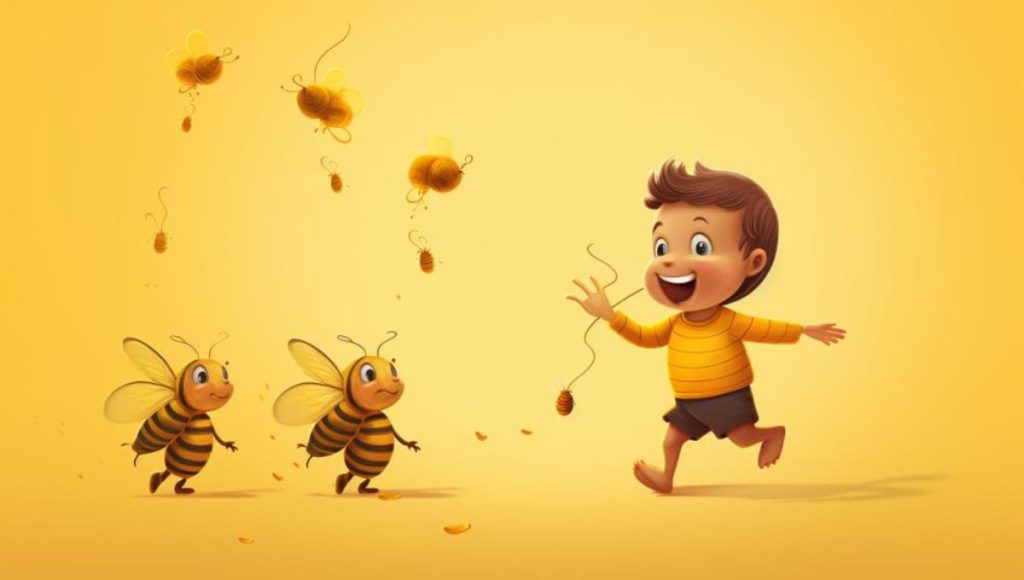
To prevent bee stings from happening in the first place:
- encourage your child to wear protective clothing when spending time outside, such as long sleeves and pants.
- Teach them to avoid bright colors and floral patterns.
- Tell them to stay away from areas where bees are known to be present, such as near beehives or flowering plants.
What Happens to the Bee After it Stings?
Well, my dear friend, after that little buzzy bee decides to pull a dreadful move and sting you, it, unfortunately, pays the ultimate price. Yep, that’s right, the bee essentially sacrifices itself because it leaves behind a venomous stinger that rips out part of its digestive tract.
Conclusion
I hope my bee sting hack will save you as many times as it did my family and friends. Follow the guidelines and try to avoid it even from happening.
This bee sting remedy requires no chemicals, medicines, or any toxic elements. Just a key, funny right!?
Enjoy your summer and stay away from beez :)

